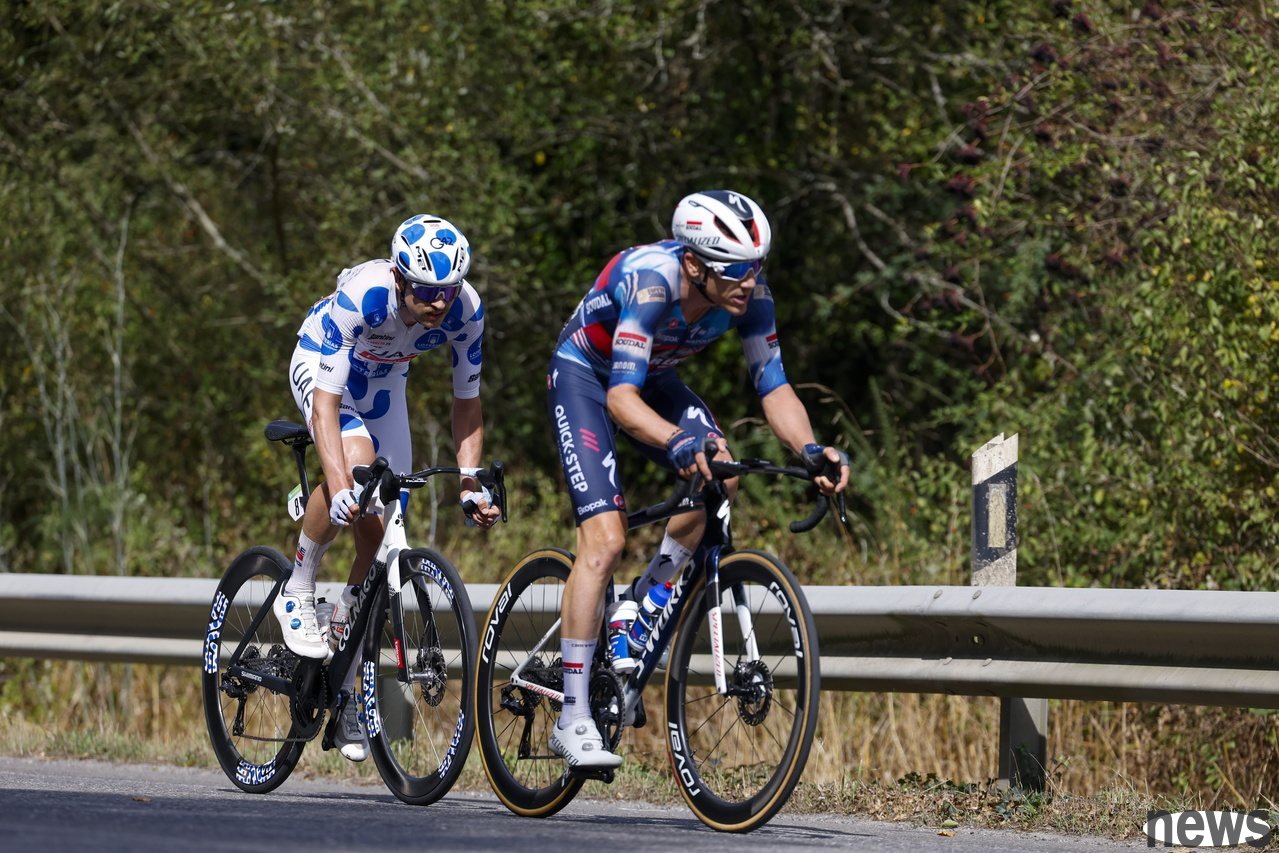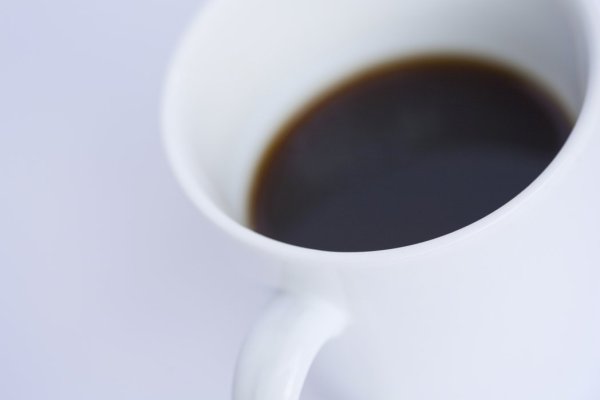Running, riding or going to the gym? Doctors refer to this type of fat burning the fastest! The best movement is it

Many people often have some suspicion: When we wear our shoes and prepare for running, drag our bodies to the gym or jump into the swimming pool, how much practical results can these efforts bring? Whether it’s about weight loss, improving physical fitness or strengthening endurance, Dr. Michael Fredericson, director of Physics and Health at Stanford University, notes that “the best exercise for health is the kind that keeps you moving.” But if you can understand which sports burn the most calories, it may be an important turnaround in fitness programs.
What sports are most suitable for the body?Experts suggest choosing a diversified sports combination, including aerobic, strength and comprehensive activities. Frederickson pointed out that aerobic exercises such as brisk walking, running, swimming, and riding can reduce cardiovascular and cancer death risks and increase cardiopulmonary function. Weight training or resistance exercise helps maintain muscle, strengthen bones and improve yield, so the U.S. Career Association recommends muscle training for the whole body muscle group at least two days a week. As for the comprehensive activities such as yoga, taicho, and Pilatis, it will help improve balance, prevent falls and improve overall function.
{9 According to data from the Centers for Disease Control and Prevention, people weighing about 70 kilograms can run at a speed of 8 kilometers and consume about 590 calories per hour. The ride is especially good at high strength, but even if you ride at a medium speed 16 kilometers per hour, it can still consume about 600 calories per hour; rowing can train the legs, core and upper limbs at the same time, and the burning volume exceeds 500 calories.Swimming is a whole-body exercise and can easily break through 500 calories per hour. High intensity interval training (HIIT) and wavebird fat burning are effective because alternating between short-term explosion and rest not only consumes a lot of heat in the movement, but also continues to burn afterwards. In addition, although the brisk walk consumes less (about 280 calories per hour), it is simple and easy to walk, suitable for elderly or chronic patients, and can also cultivate a sense of concentration in breathing and pace.
Austin Gontang, director of the Marathon clinic in San Diego and psychological therapist, emphasized: "All exercises count, but the key is to persist, not strength." If the goal is to burn calories, aerobic and high-strength exercise are the most effective; but at the same time, you can gain longer and longer health benefits by combining muscle strength, softness and balance training. He finally reminded: "The best exercise is the kind you are willing to do."




